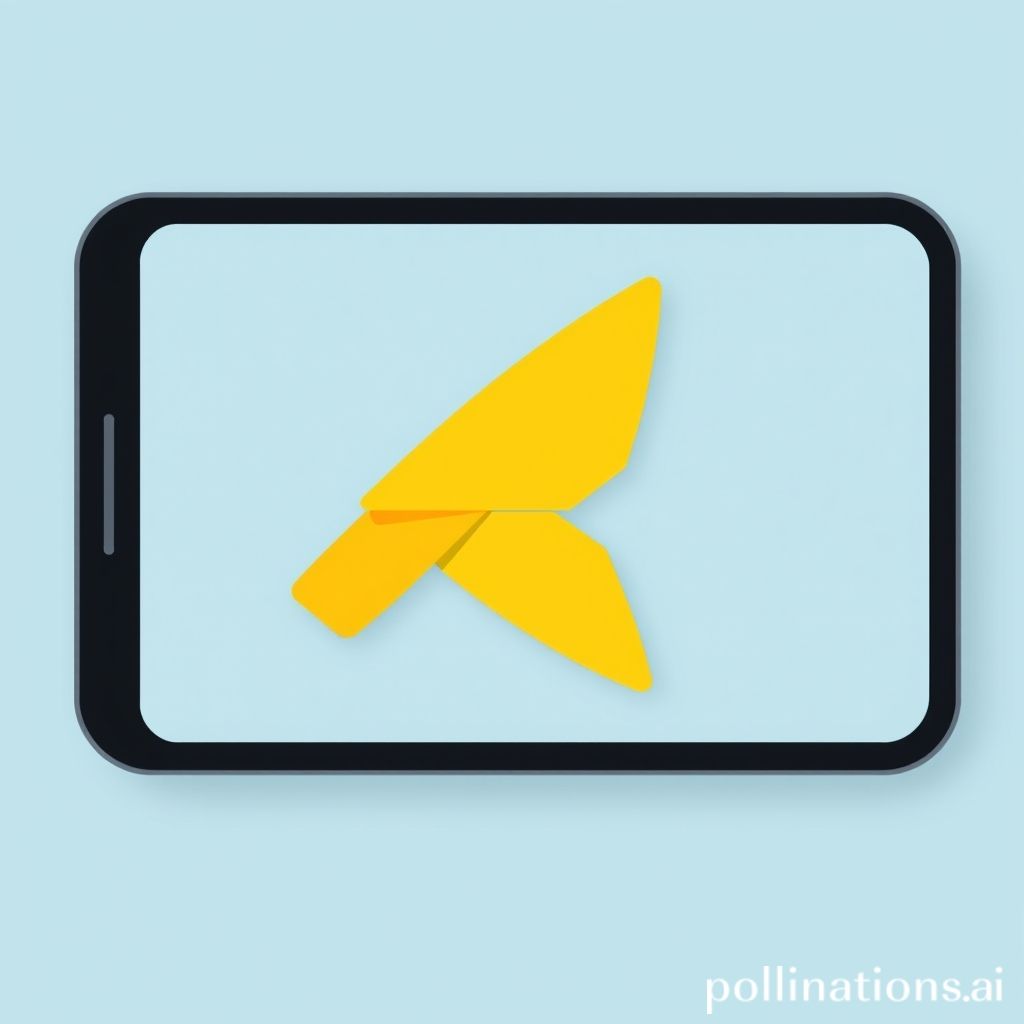
Building Mobile Applications with Flutter
Flutter, an open-source UI software development toolkit created by Google, has gained remarkable popularity among developers for building natively compiled applications for mobile, web, and desktop from a single codebase. With Flutter, developers can build beautiful, high-performance applications with ease. In this article, we will explore the key features and benefits of Flutter for mobile application development.
Key Features of Flutter
- Single Codebase: Flutter allows developers to write code once and deploy it on both iOS and Android platforms. This reduces development time and effort significantly.
- Hot Reload: One of Flutter's standout features is Hot Reload, which allows developers to see changes made in the code instantaneously without losing the current app state. This makes the development process faster and more efficient.
- Expressive UI: Flutter comes with a rich set of customizable widgets that allow developers to create stunning user interfaces. The Material Design and Cupertino widgets enable adherence to platform-specific design guidelines.
- High Performance: Flutter applications are compiled to native ARM code, which leads to excellent performance on both iOS and Android devices, ensuring smooth animations and responsiveness.
- Access to Native Features: Flutter provides access to native functionalities through platform channels, allowing developers to utilize device features like camera, GPS, and sensors seamlessly.
Benefits of Using Flutter
- Cost-Effective: With a single codebase for multiple platforms, businesses can save on development costs and time, making Flutter a more cost-effective solution for mobile app development.
- Strong Community Support: Since its release, Flutter has seen significant growth in its community. Developers can find a wealth of resources, packages, and support from fellow Flutter enthusiasts, making problem-solving more accessible.
- Rapid Development: The combination of Hot Reload and a wide range of pre-built widgets accelerates the development process, allowing developers to deliver applications to the market faster.
- Future-Proof: As Flutter is backed by Google, it continues to evolve with regular updates, ensuring that developers can create applications that take advantage of the latest advancements in mobile technology.
Getting Started with Flutter
To begin building mobile applications with Flutter, follow these steps:
- Install Flutter SDK: Download and install the Flutter SDK from the official Flutter website. Follow the installation instructions for your operating system.
- Set Up Your Environment: Ensure that you have the necessary development tools, including an IDE (like Android Studio, VS Code, or IntelliJ IDEA) with Flutter and Dart plugins installed.
- Create a New Flutter Project: Use the command line to create a new Flutter project by running
flutter create my_app, wheremy_appis the name of your project. - Build Your UI: Start developing your app by creating the desired layout using Flutter’s extensive library of widgets.
- Run Your App: Finally, connect your device or use an emulator and run your application using the
flutter runcommand.
Conclusion
Flutter is a powerful and versatile tool for building mobile applications. Its unique features and benefits make it an ideal choice for developers looking to create stunning, high-performance apps efficiently. With a growing community and continuous updates, Flutter is here to stay as a leading framework in mobile development.
